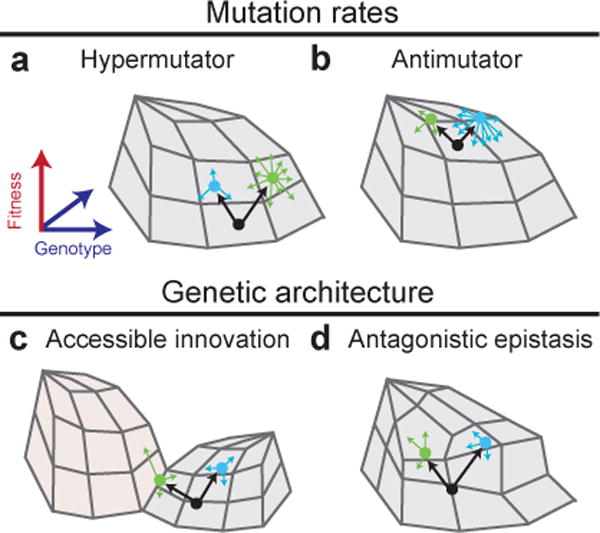Figure 3. | Second-order selection for evolvability.

The success of a new mutation or a new combination of alleles may depend on its effect on the rate or fitness benefits of subsequent mutations, in addition to its immediate effect on fitness. Several scenarios are illustrated as alternative mutational paths in fitness landscapes. Genotypes are represented by circles; thick arrows represent initial mutations that generate a new genotype, and thin arrows represent subsequent mutational paths that are available to the genotypes; the mutation rate of a genotype is reflected by the number of thin arrows projecting from it. a | A fitness landscape favouring a hypermutator is shown. From a progenitor with a low ancestral mutation rate (blue), a variant that causes an elevated mutation rate (green) can sometimes take over an asexual population because it has a higher per-capita probability of generating beneficial mutations. Access to these opportunities may outweigh the immediate fitness cost of an increased genetic load. b | A fitness landscape favouring an antimutator is shown. In the longer term, as evolution approaches a local optimum and there are fewer beneficial mutations available, genotypes with lower mutation rates may evolve and be favoured because they have a reduced genetic load. c | A fitness landscape promoting an accessible innovation is shown. Starting from the same progenitor genotype (black), two mutants may have different probabilities of eventual success owing to differences in their evolvability. Here, one mutation (green) makes it possible for a subsequent mutation to invade an open niche, while the other mutation (blue) does not. d | A fitness landscape with antagonistic epistasis is shown. Even in the same niche, one beneficial mutation (blue) may constrain opportunities for further fitness gain more than another (green) because of antagonistic epistatic interactions. In essence, some beneficial mutations may lead to cul-de-sacs in the fitness landscape, allowing other beneficial mutations that do not limit further adaptation to prevail, provided they coexist for enough time. If evolution can be replayed many times starting with the two different genotypes, then an over- or under-representation of mutations in specific genes would provide a signature of such epistatic effects.
